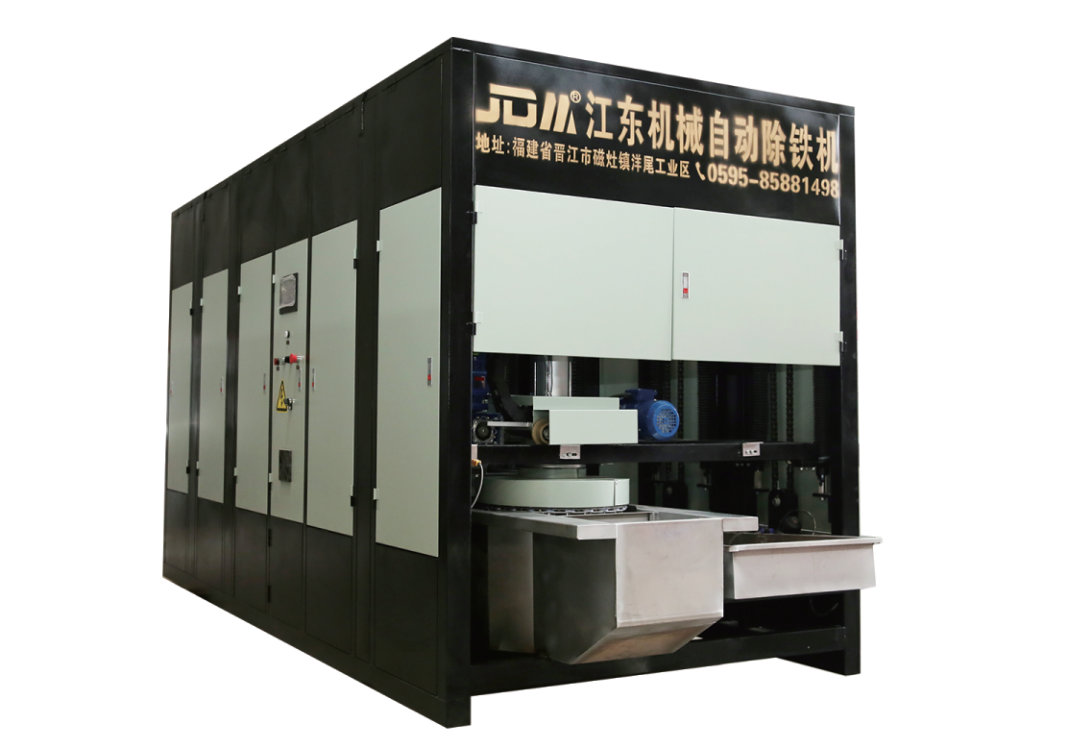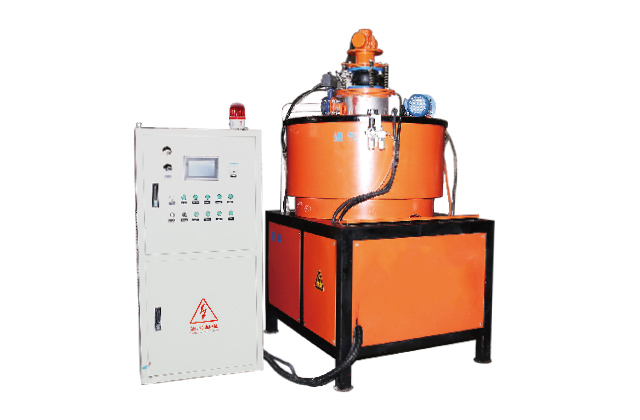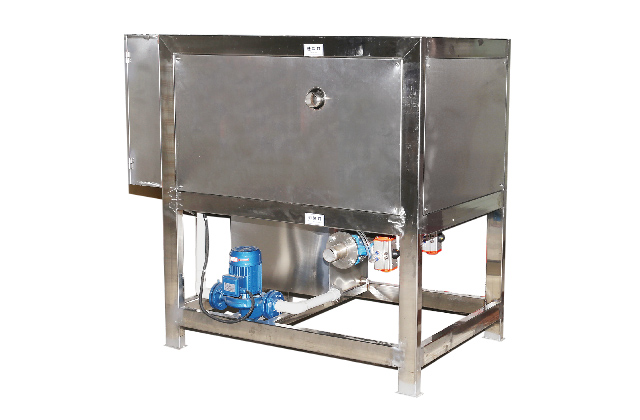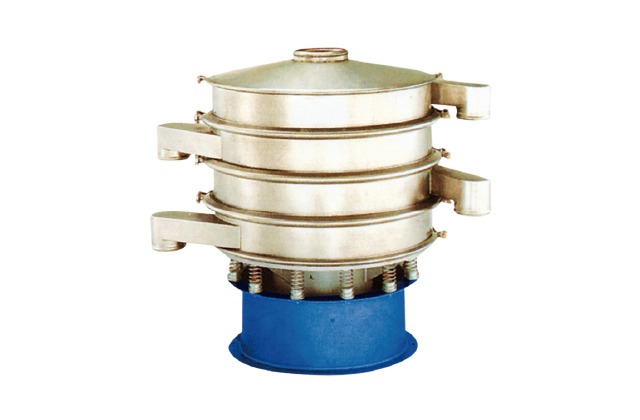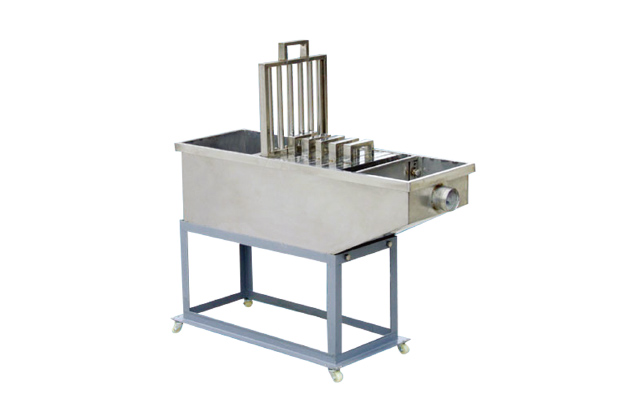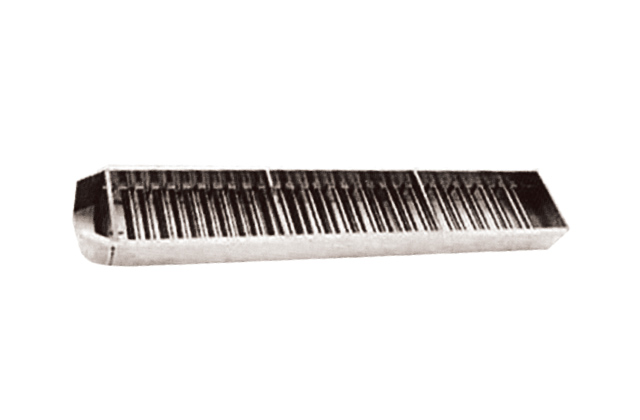September 26, 2025
What Makes the Best Magnetic Iron Separator for Your Industry?
Introduction to Magnetic Iron Separators
Magnetic iron separators are essential tools in various industries, including mining, recycling, and manufacturing. These devices are designed to separate iron particles from other materials, ensuring purity and efficiency in production processes. But with so many options available, how do you determine the best magnetic iron separator for your needs? This article explores the key factors to consider when selecting a magnetic iron separator and highlights what makes a separator stand out in its class.
Understanding the Purpose of Magnetic Iron Separators
Magnetic iron separators are used to remove iron particles from non-ferrous materials. This is crucial in recycling processes, where contamination by iron can reduce the value of the final product. In mining, these separators help in purifying ores by extracting iron impurities. The effectiveness of a magnetic iron separator depends on its magnetic strength, design, and compatibility with the material being processed.
Key Features of the Best Magnetic Iron Separators
When searching for the best magnetic iron separator, there are several features to look for:
- Magnetic Strength: The strength of the magnet determines the efficiency of the separator. High-grade magnets, such as rare-earth magnets, offer superior performance in separating iron particles.
- Design and Build: The design of the separator should be durable and suitable for your specific application. For example, some separators are designed for dry materials, while others are meant for wet or viscous substances.
- Ease of Maintenance: A good magnetic iron separator should be easy to clean and maintain. Look for models with removable belts or plates that simplify the cleaning process.
- Energy Efficiency: Some modern separators are designed to consume less energy while maintaining high performance. This can help reduce operational costs in the long run.
How to Choose the Best Magnetic Iron Separator for Your Industry
Selecting the right magnetic iron separator involves understanding your specific needs and matching them with the features of the separator. Here are some steps to guide your decision:
Step 1: Assess Your Material Type
Different materials require different types of magnetic iron separators. For instance, if you are working with dry materials like sand or gravel, a simple magnetic drum may suffice. However, if you are dealing with wet or sticky materials, you may need a more advanced separator with a self-cleaning mechanism.
Step 2: Consider the Throughput Capacity
The throughput capacity of the separator is another critical factor. If your operation involves large volumes of material, you need a separator that can handle high throughput without compromising efficiency. Look for models with adjustable speed settings to accommodate varying workloads.
Step 3: Evaluate the Magnetic Field Strength
The strength of the magnetic field is what determines the separator’s ability to attract and hold iron particles. High-quality separators use powerful magnets that can capture even small iron fragments. However, be cautious of overly strong magnets, as they may attract non-ferrous particles, leading to contamination.
Step 4: Check for Certifications and Reviews
Before making a purchase, research the manufacturer and read reviews from other customers. Look for certifications from reputable organizations, as they indicate that the product meets industry standards. Additionally, pay attention to feedback about the separator’s performance, durability, and customer support.
Common Applications of Magnetic Iron Separators
Magnetic iron separators are versatile tools with applications across various industries. Some of the most common uses include:
- Recycling: Separating iron from other recyclable materials to increase the value of the final product.
- Mining: Purifying ores by removing iron impurities.
- Food Processing: Ensuring food products are free from iron contamination.
- Plastics Manufacturing: Removing iron particles from raw materials to prevent damage to machinery.
Case Study: Success with the Best Magnetic Iron Separator
A leading recycling company recently upgraded to a high-performance magnetic iron separator and saw a significant improvement in their operations. The new separator reduced contamination levels by 40% and increased their production efficiency by 30%. This case highlights the importance of investing in a quality magnetic iron separator tailored to your specific needs.
Conclusion: Finding the Best Magnetic Iron Separator
Selecting the best magnetic iron separator requires careful consideration of your industry’s unique demands. By focusing on magnetic strength, design, and maintenance requirements, you can find a separator that enhances your operations and delivers long-term value. Remember, investing in a high-quality separator is not just about efficiency—it’s about ensuring the purity and safety of your final product.

